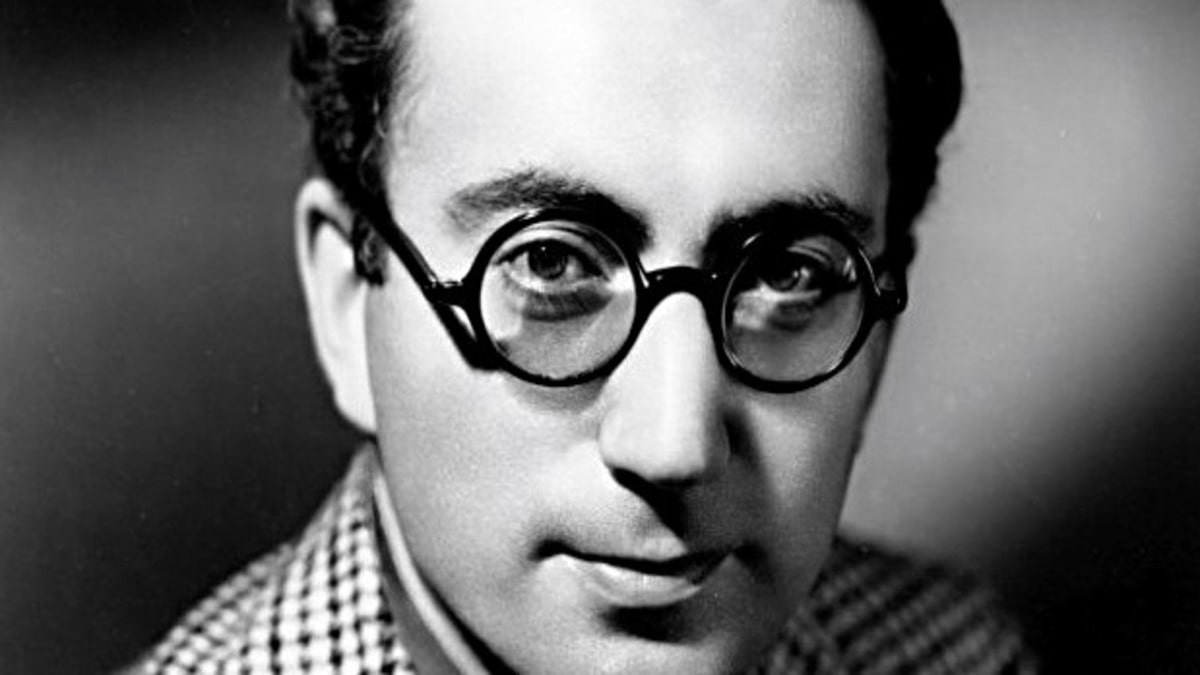
Alexander Leonovich Kemurdzhian was an outstanding design engineer, the founder of the Soviet scientific school of space transport engineering, and the creator of the first planet rovers. He also was the author of more than 200 scientific papers, including five monographs and more than 50 inventions.
The main cause of Kemurdzhian’s life was the creation of space technology and participation in the creation of the world’s first automatic self-propelled vehicle for research on the lunar surface. Kemurdzhian was the chief designer of the self-propelled chassis of the Soviet lunar rover (Lunokhod). His chassis, in fact, was precisely the component that made the lunar rover a lunar rover.
Alexander Kemurdzhian was born on October 4, 1921, in Vladikavkaz. His father was from a family of Armenians from Trabzon. The childhood and youth of Alexander Leonovich passed in Baku.
In 1951, Kemurdzhian graduated with honors from the Bauman Moscow State Technical University and was sent to work in the Mobile Vehicle Engineering Institute. Since September 1951, the whole life of Alexander Kemurdzhian has been inextricably linked with this organization where he would go from an engineer to the chief designer/deputy director of the institute.
From 1959 to 1963, Kemurdzhian was engaged in the creation of land vehicles on an air cushion (hovercraft). In this time frame, the models of a combat reconnaissance and patrol vehicle on an air cushion were brought to full-scale tests. This hovercraft was called ползолет (Russian: “ползолет”, ползти – to crawl, летать – to fly).
This vehicle could carry a crew of up to 12 paratroopers and was capable of traversing swamps, off-road terrain, and water lines, as claimed by Ivak.spb.ru. Even a variant of the machine for use in Antarctica has been worked on.
In 1963, Alexander Kemurdzhian was appointed the chief supervisor of the project of the creation of the self-propelled chassis of Lunokhod. In 1963-1973, he has led the design and creation of a self-propelled automatic chassis of lunar rovers and a small rover.
Under Kemurdzhian’s supervision, the basics of the design of planetary rovers as space transport vehicles were developed, and the world’s first planetary rovers – the Lunokhods, Marsokhods (Mars rovers), and an apparatus for hopping along the satellite of Mars Phobos — were created. And with the help of instruments designed under the direction of Kemurdzhian, data on the physico-mechanical properties of the soil of the Moon and Venus was obtained.
Kemurdzhian participated in the crisis management after the Chernobyl disaster as well. In May 1986, he was sent to the accident site to assess the working conditions of transport equipment. Under his leadership, in a short time, a remotely controlled specialized transport robot STR-1 was created, which provided significant assistance in the aftermath of the accident.
Alexander Kemurdzhian passed away on February 24, 2003. He was buried at the Armenian cemetery of St. Petersburg.
Merits of Kemurdzhian’s were honorably noted – he was a doctor of technical sciences, professor, holder of the Lenin Prize, and was awarded the Orders of Lenin, Courage, Red Star, Honor, as well as several military medals. In 2006, the Federation of Cosmonautics of Russia issued an award in honor of Kemurdzhian, writes kik-sssr.ru.
Kemurdzhian also was a member of several international scientific societies – the Planetary Society (USA), the European Geophysical Society (Germany), and a corresponding member of the Committee on Space Research (France).
The name of Kemurdzhian has entered the book “Prominent people of the XX century” published in the UK.
In 1997, by the decision of the International Astronomical Union, one of the minor planets of the Solar System was named after Alexander Leonovich Kemurdzhian.


